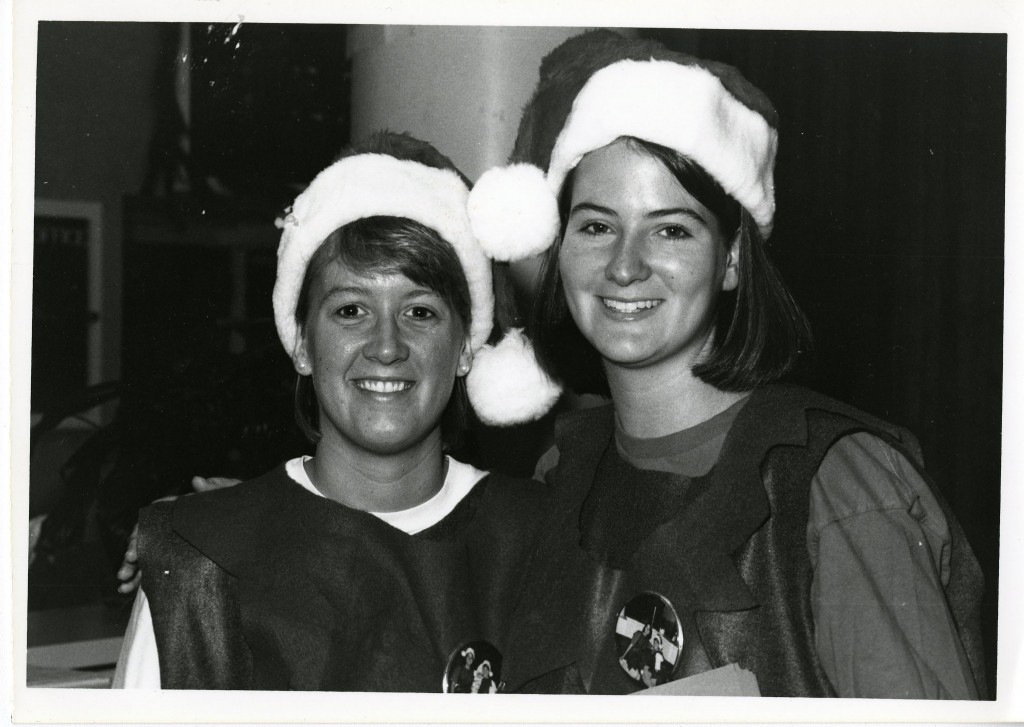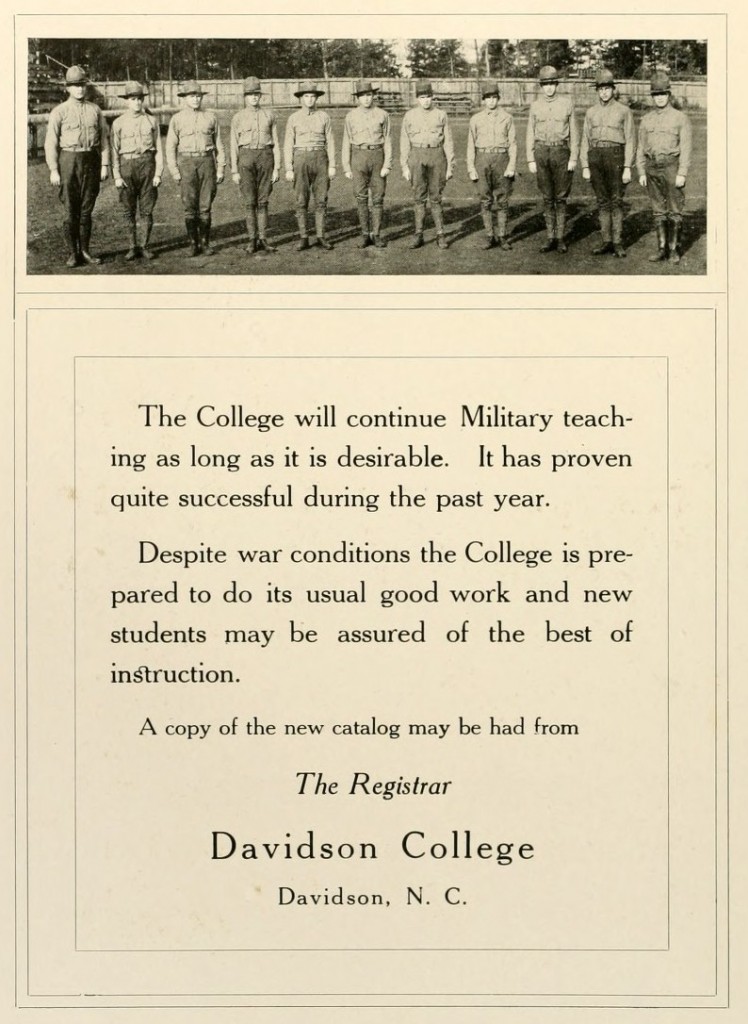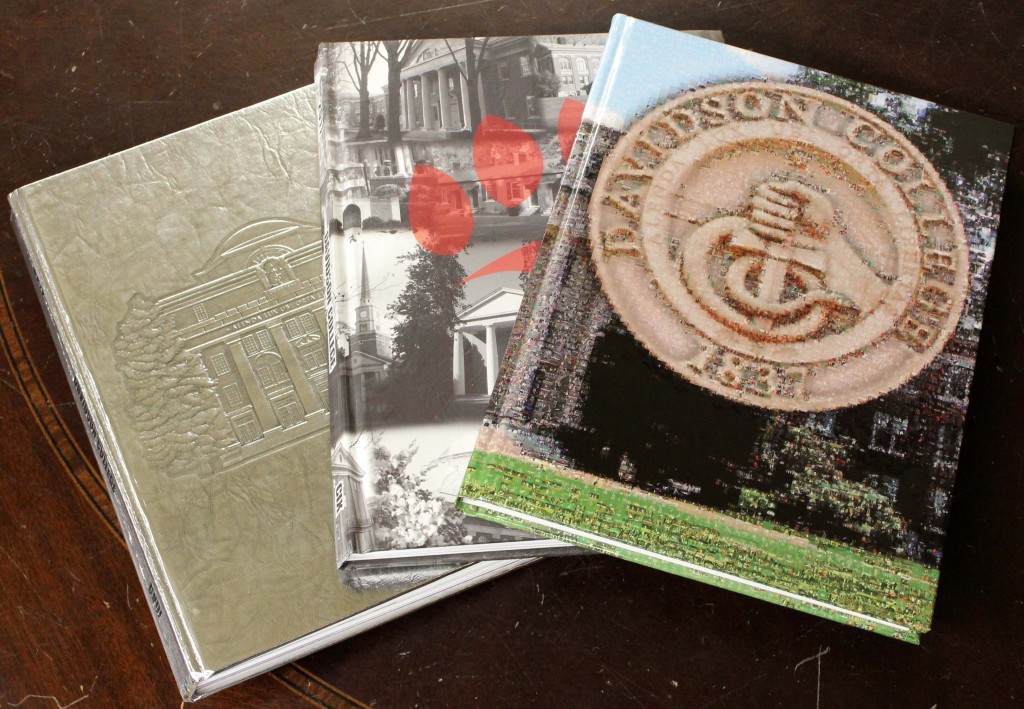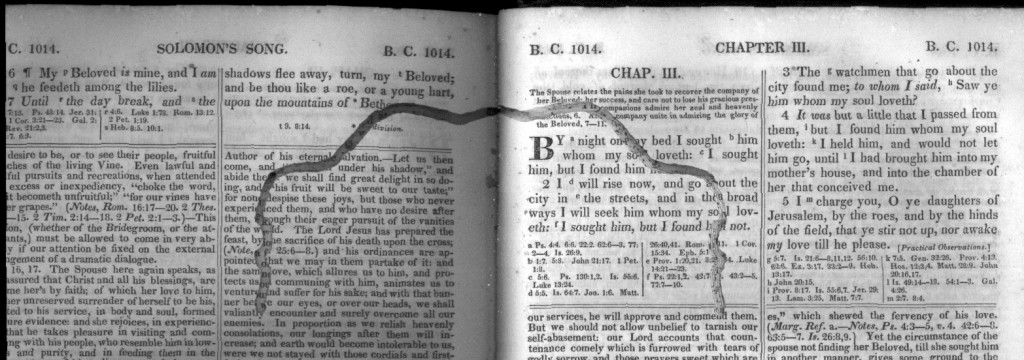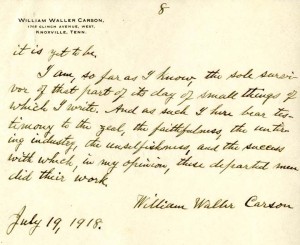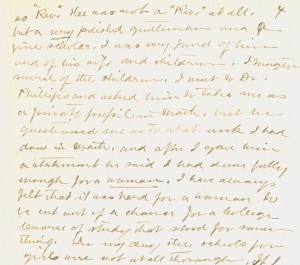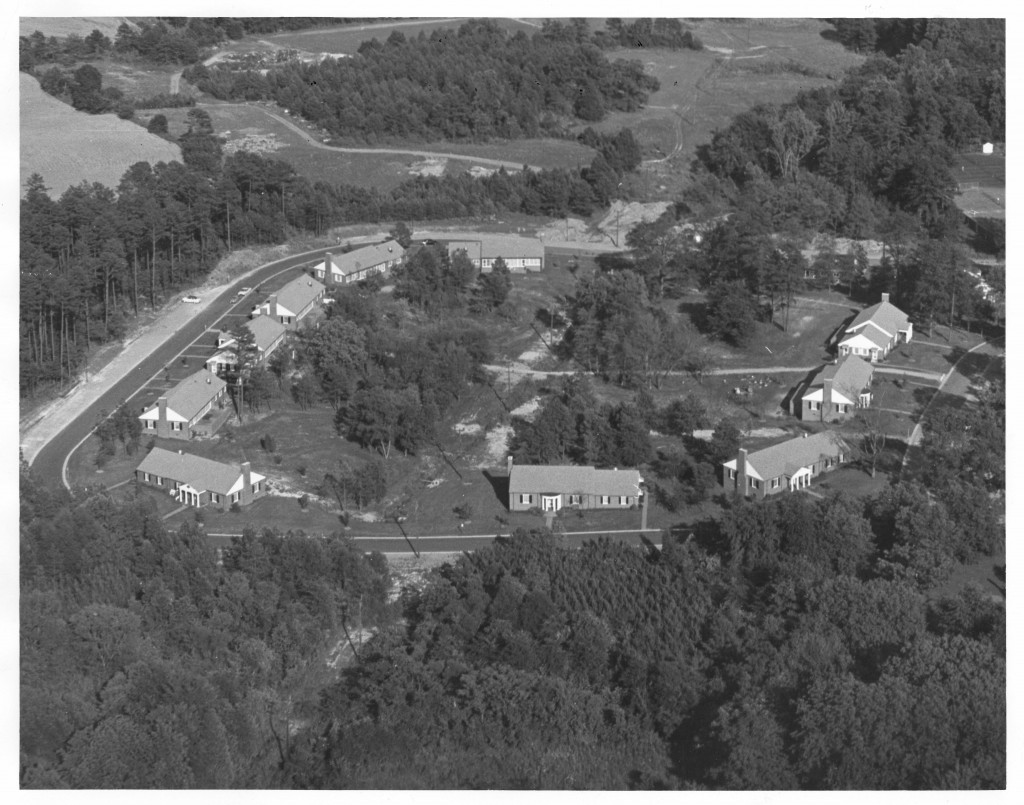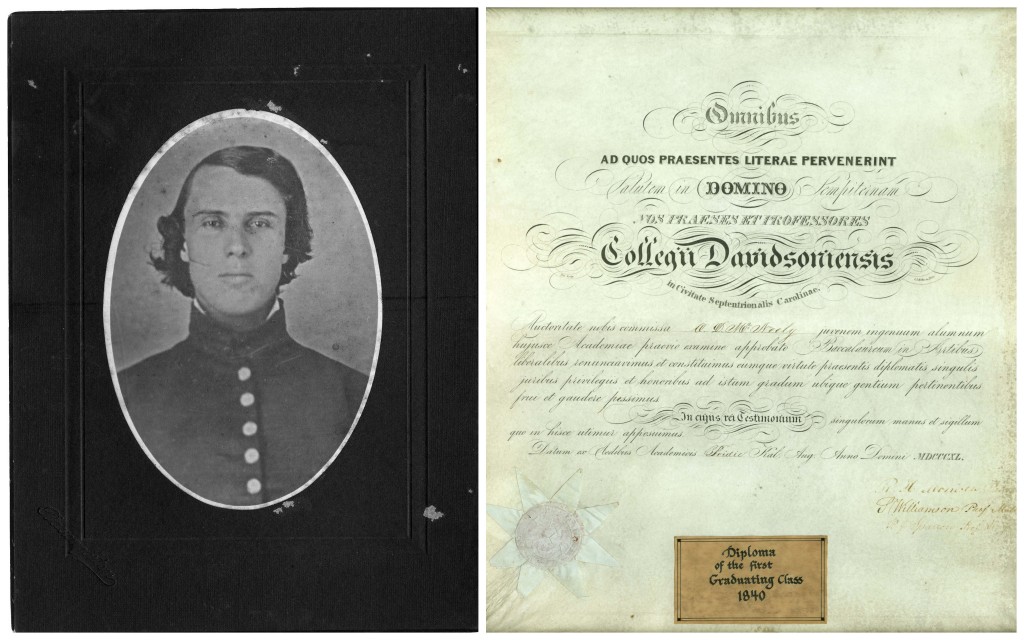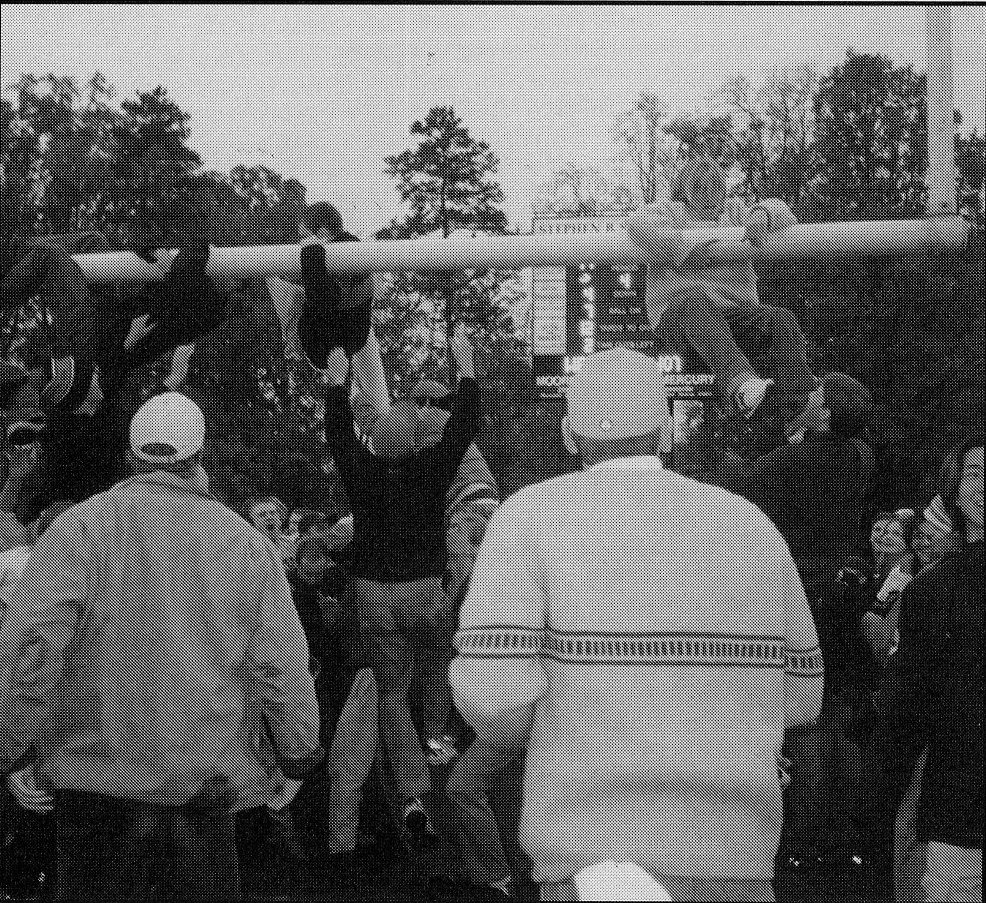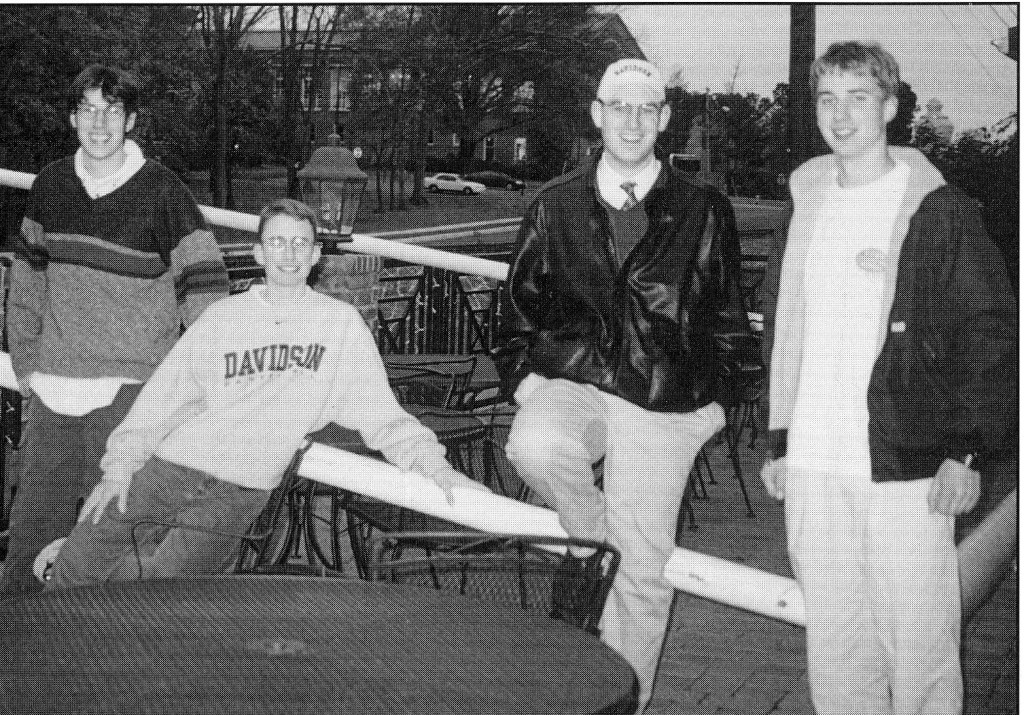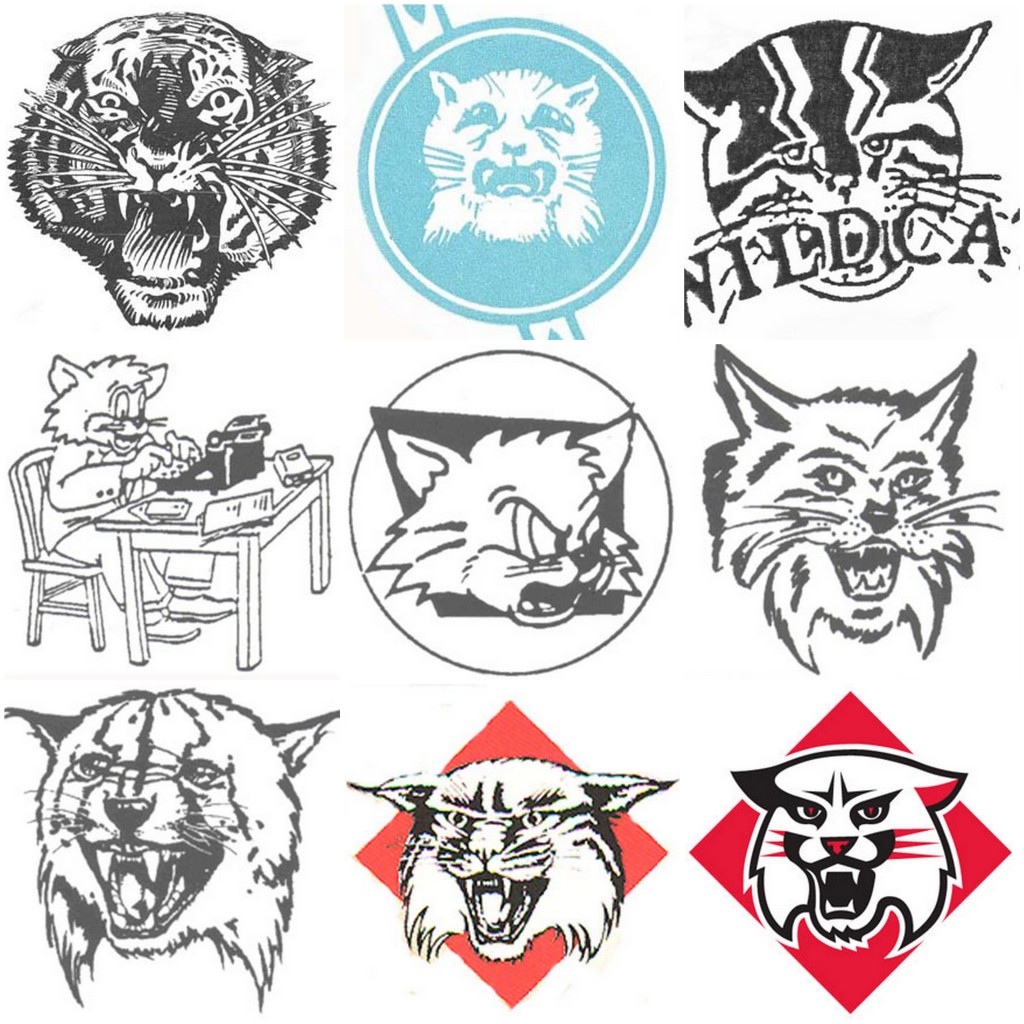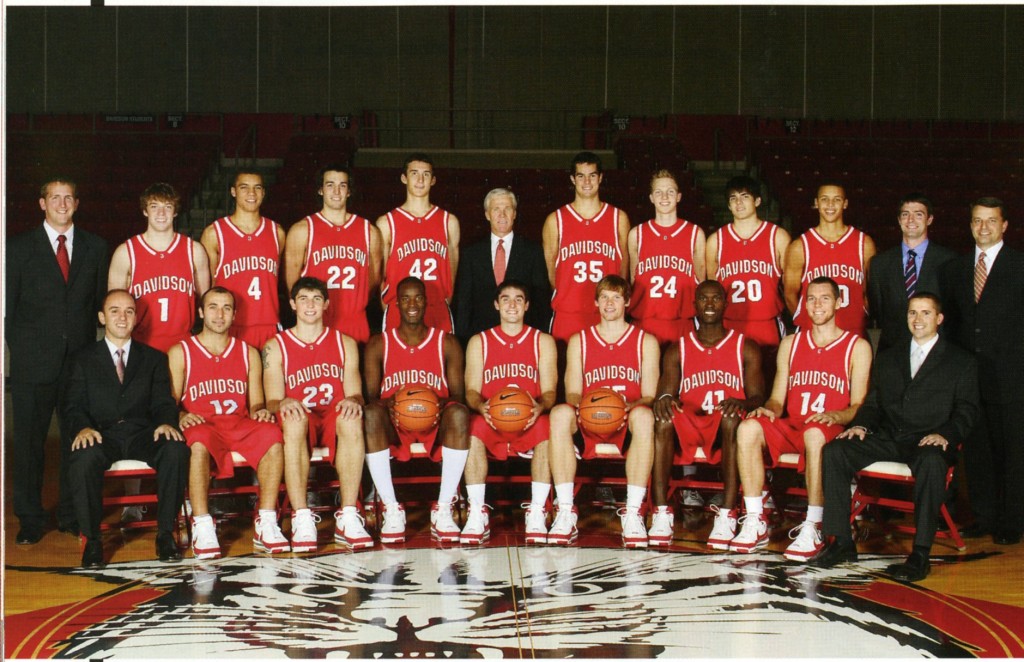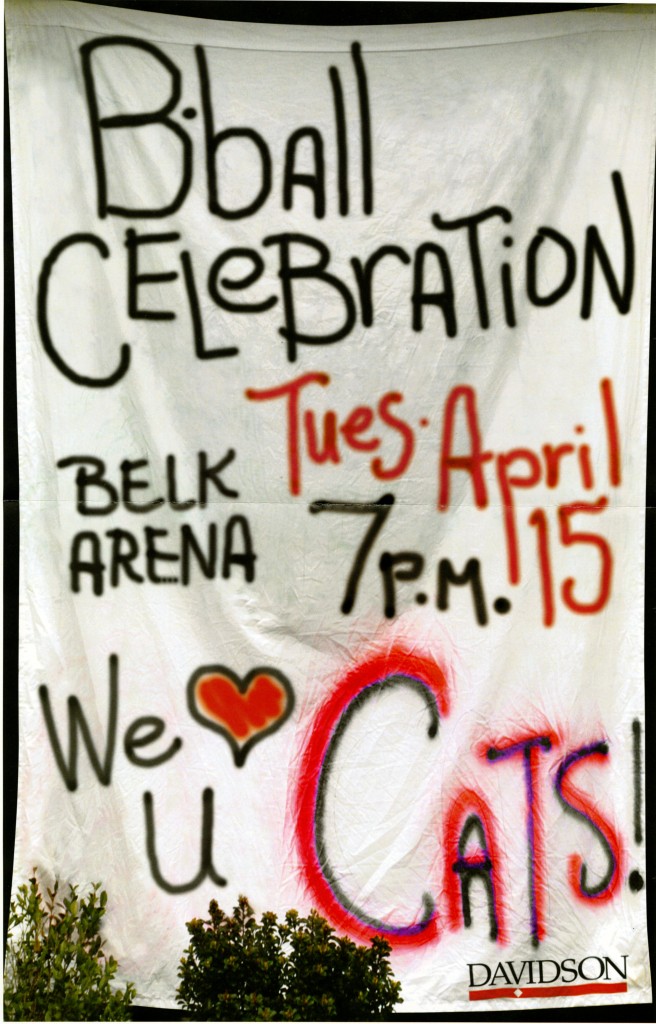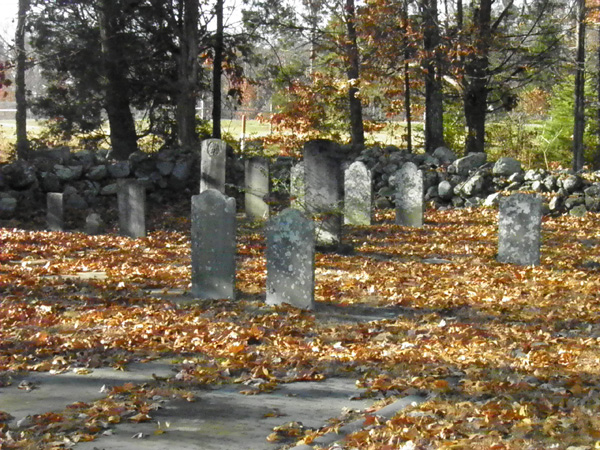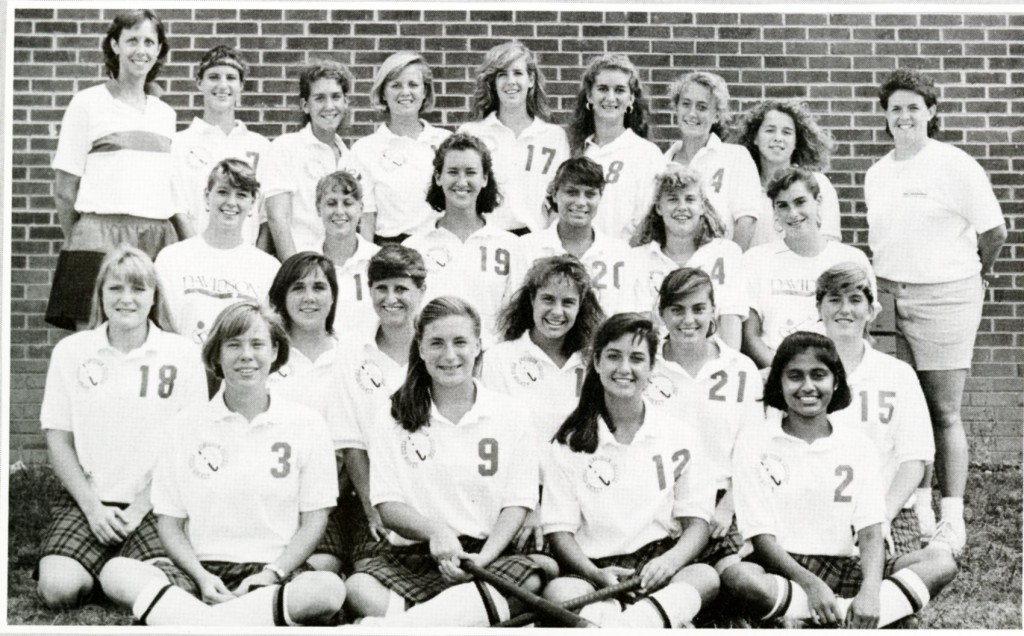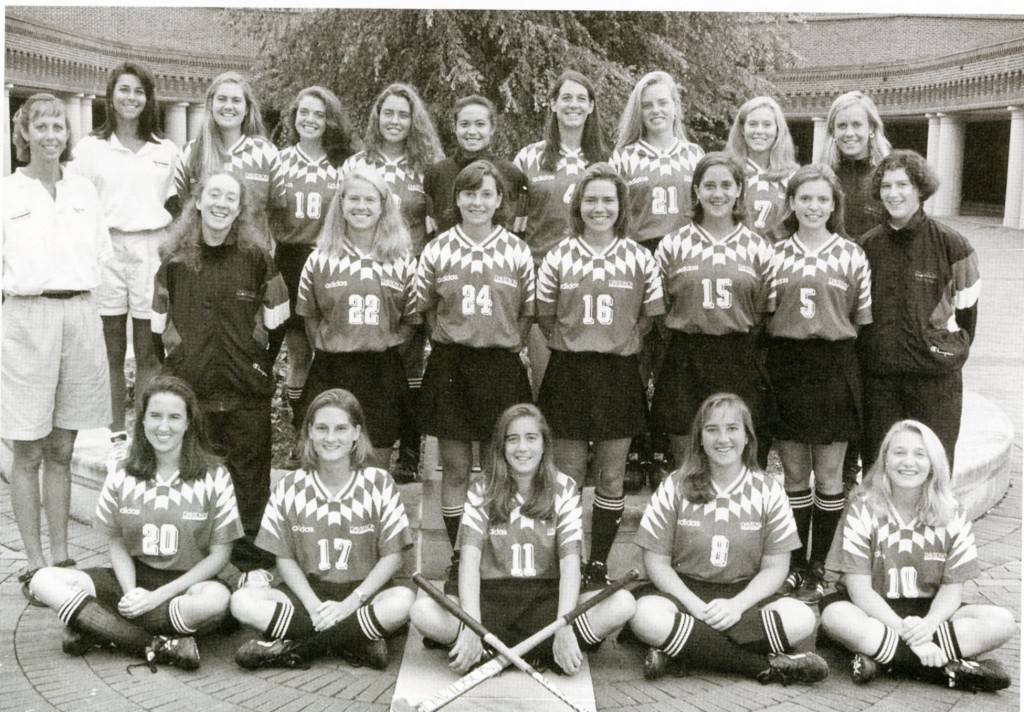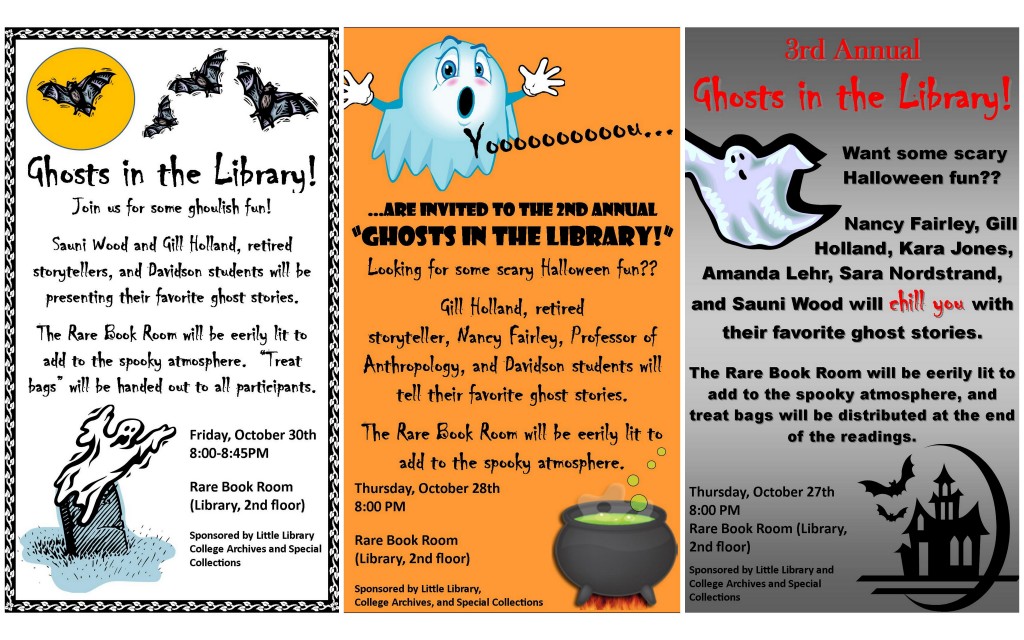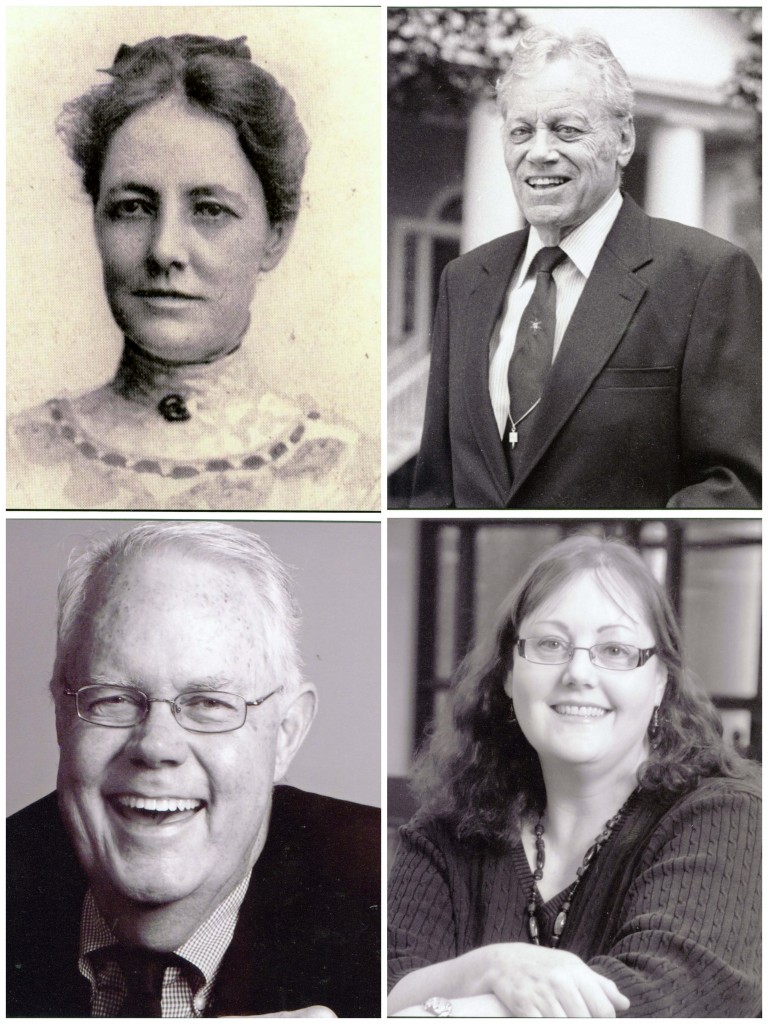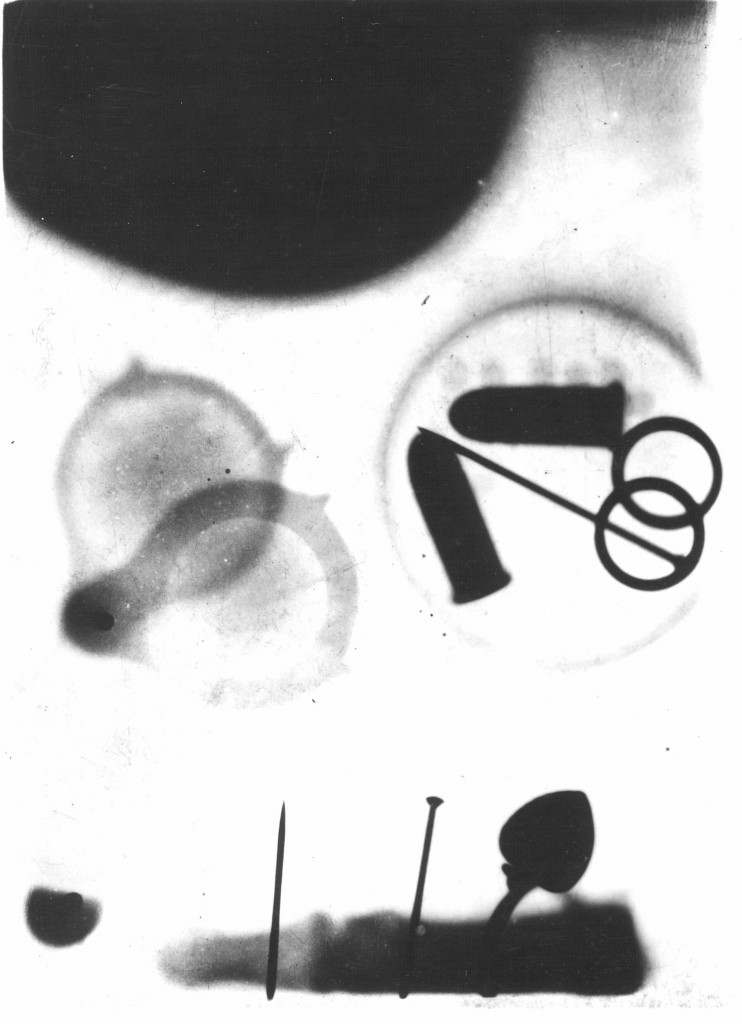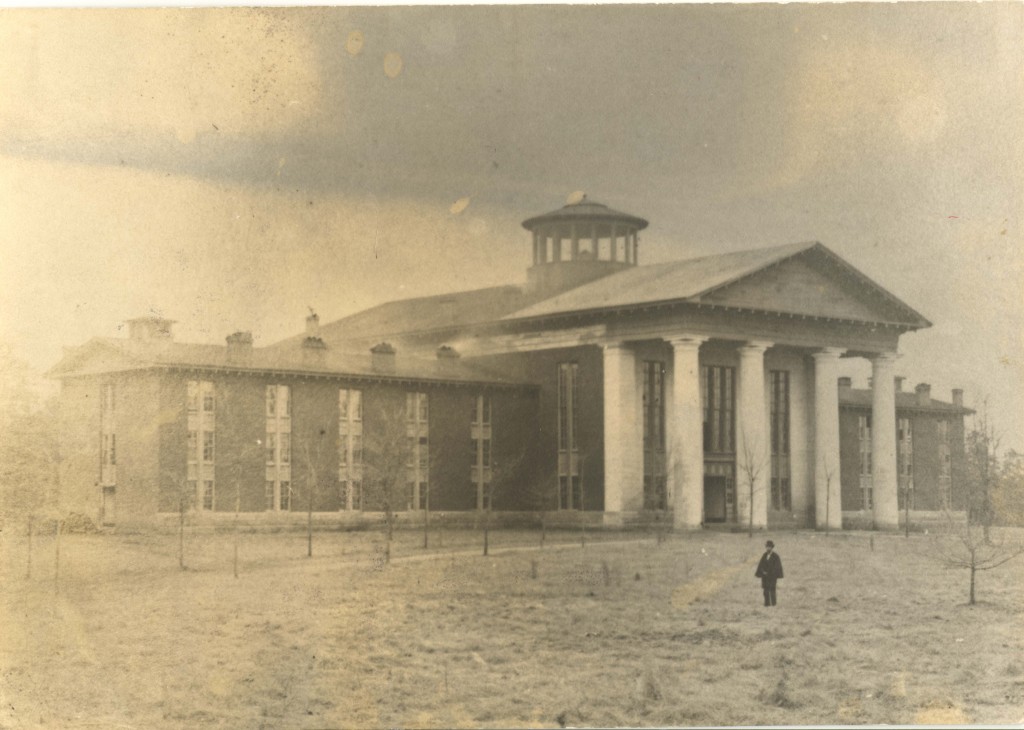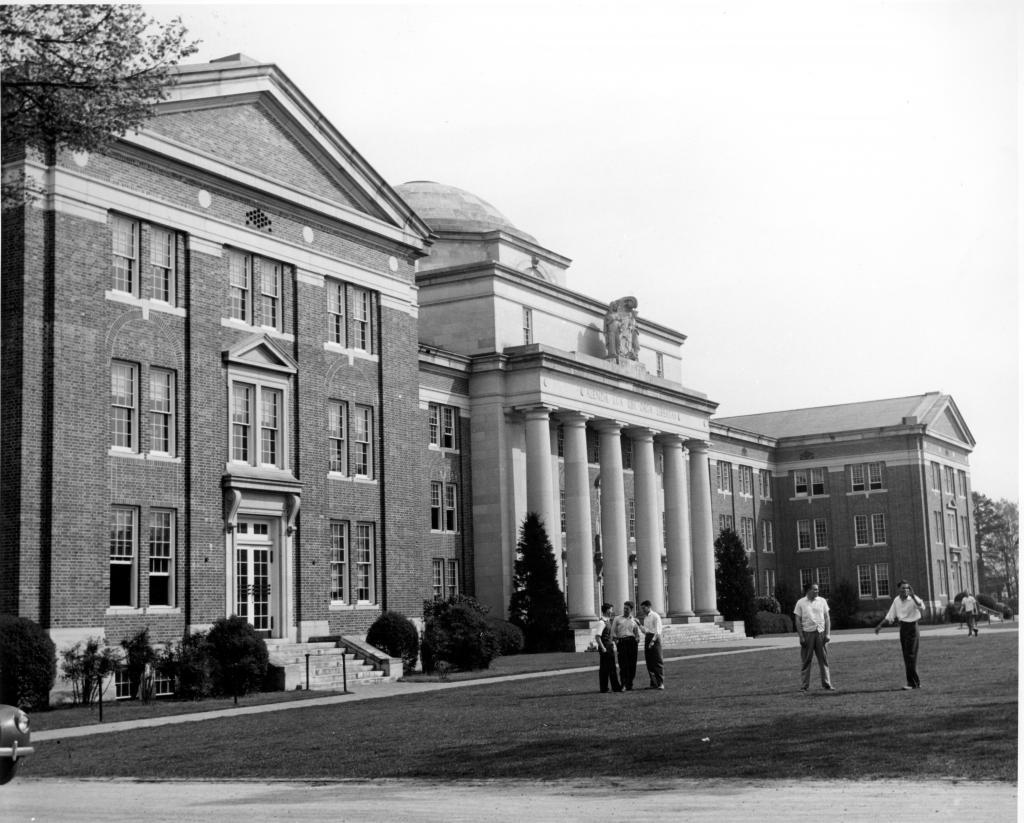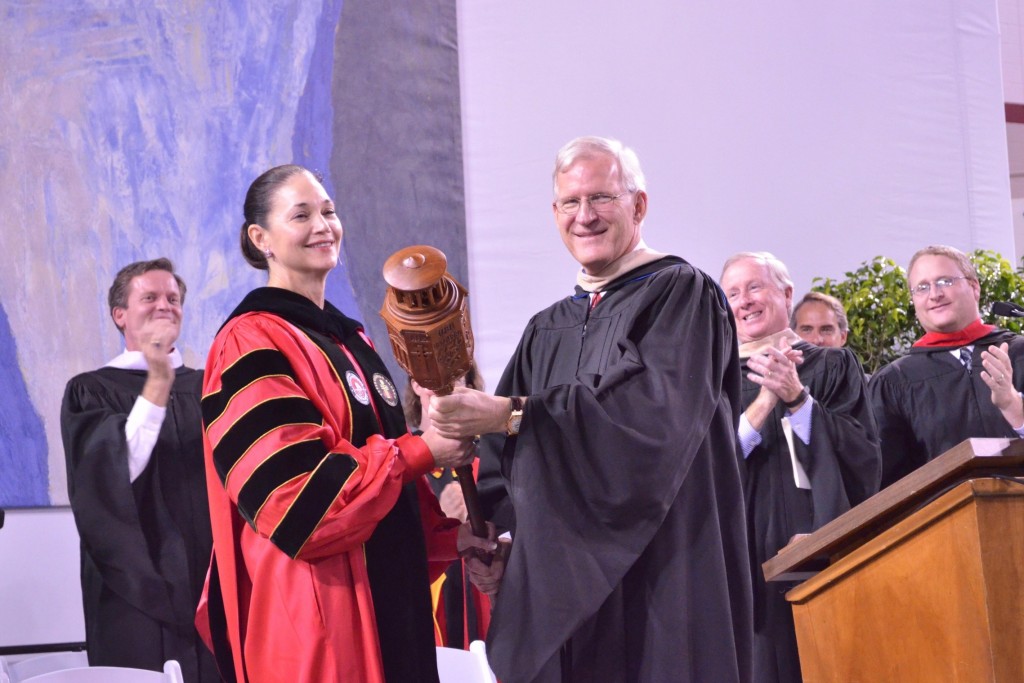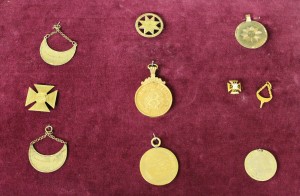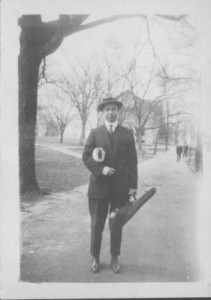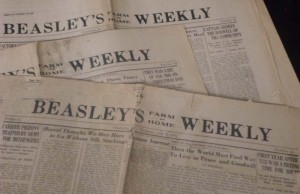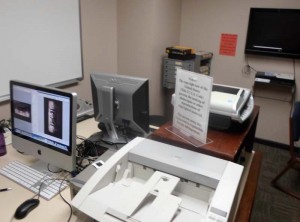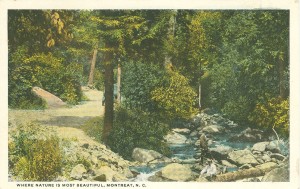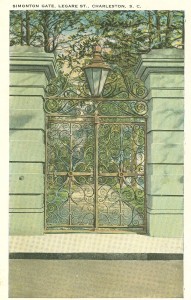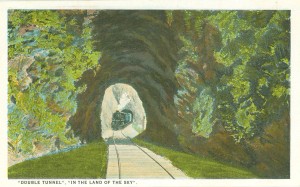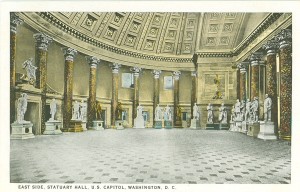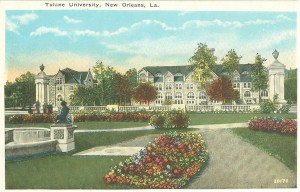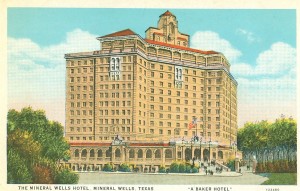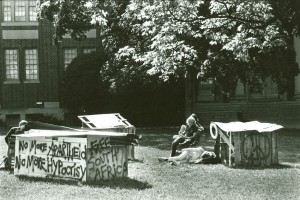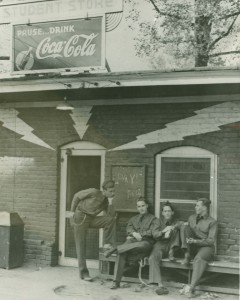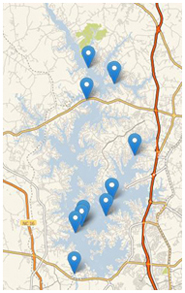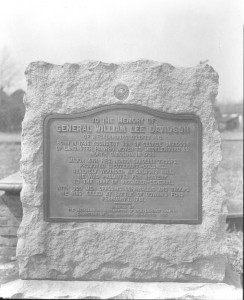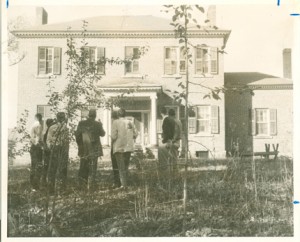Classes are out for the semester, and E.H. Little Library is closed until January 2nd, but not being in the building won’t stop us from sharing some historic Davidson holiday cheer! Since today is Christmas Eve, here’s a post of my favorite Santa-related images from our collections:
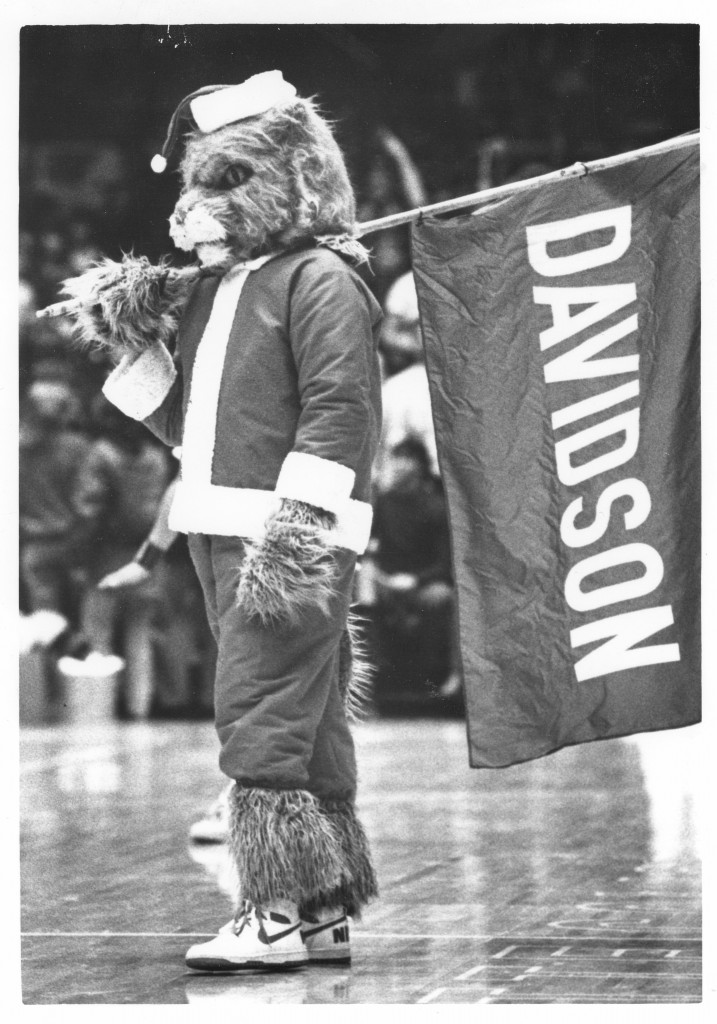
The Davidson College Wildcat mascot as Santa, 1986.
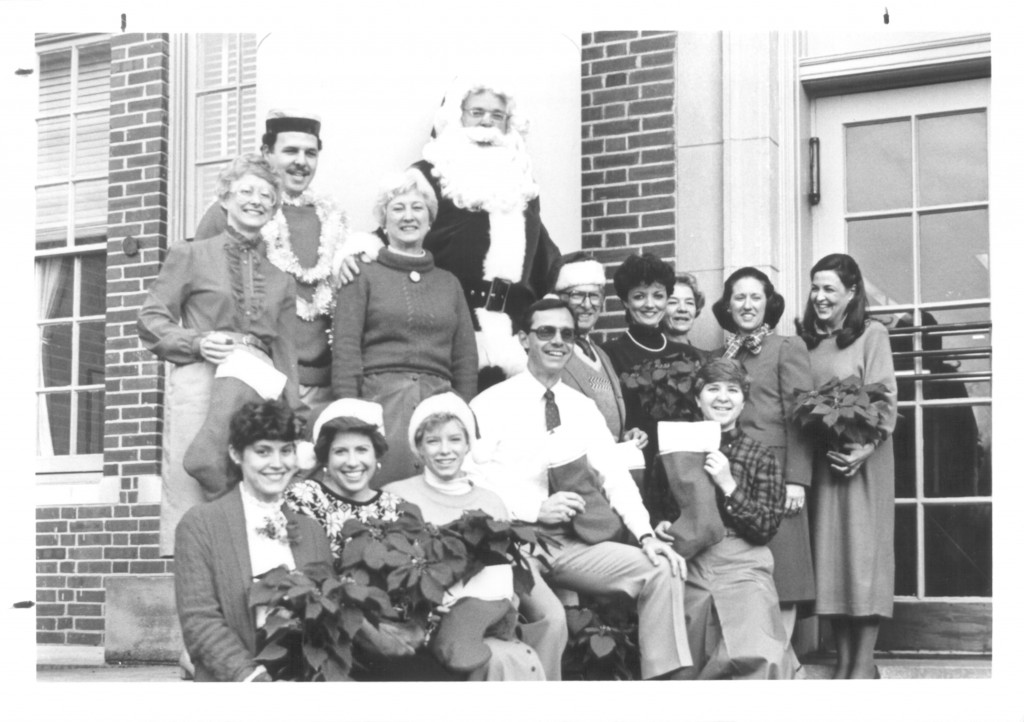
The Admission and Financial Aid Department Christmas card, taken outside Chambers Building, 1987.
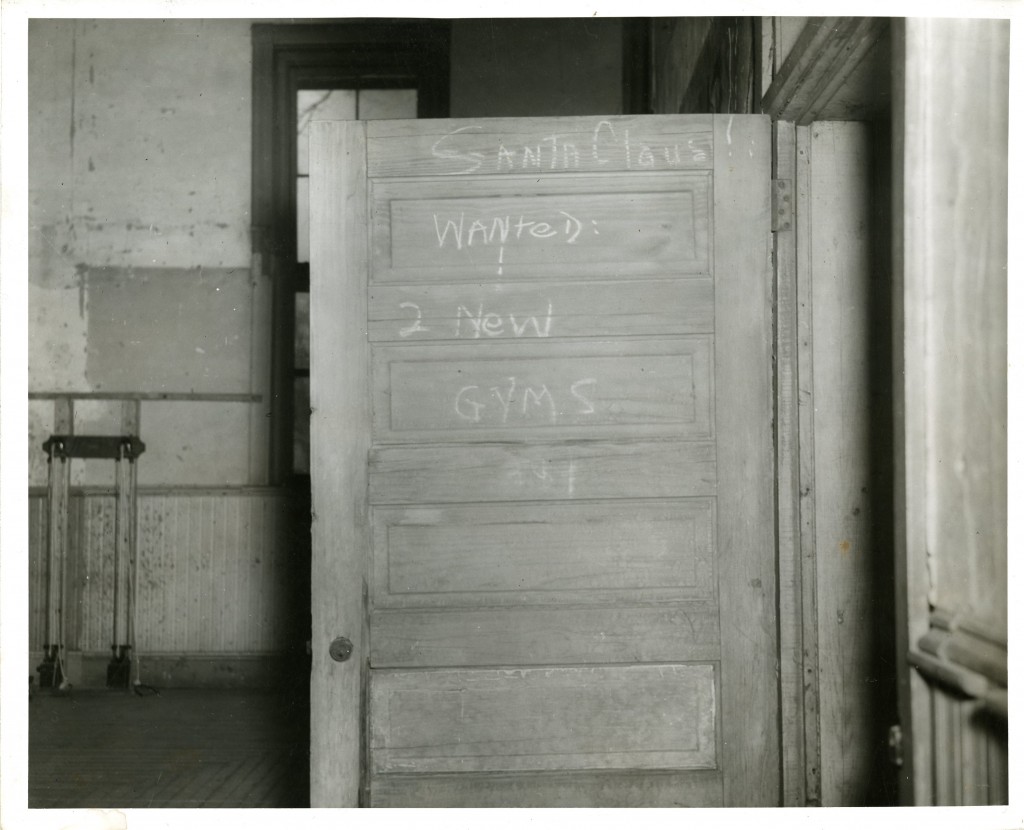
A message to Santa, written on a door inside of Alumni Gymnasium (built 1916, remodeled into the Ovens Student Union in 1952, and demolished in 1972 to make space for E.H. Little Library).
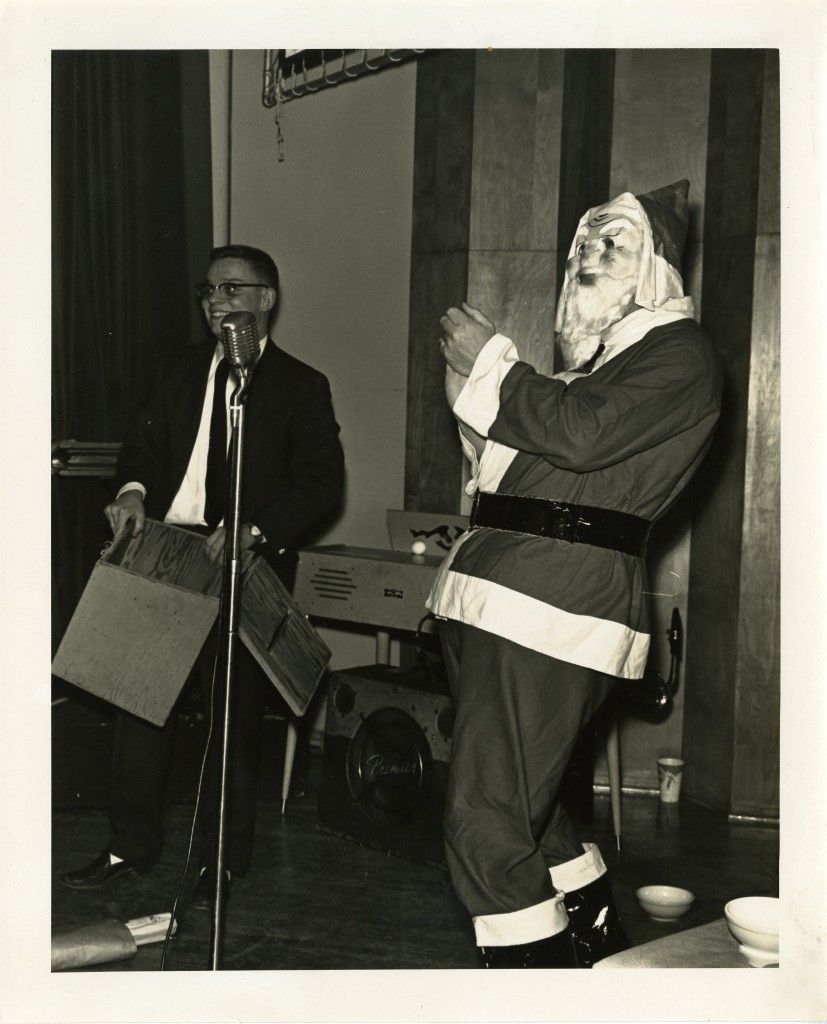
Part of our mystery photo parcel, this scary Santa dates from winter 1960-1961.
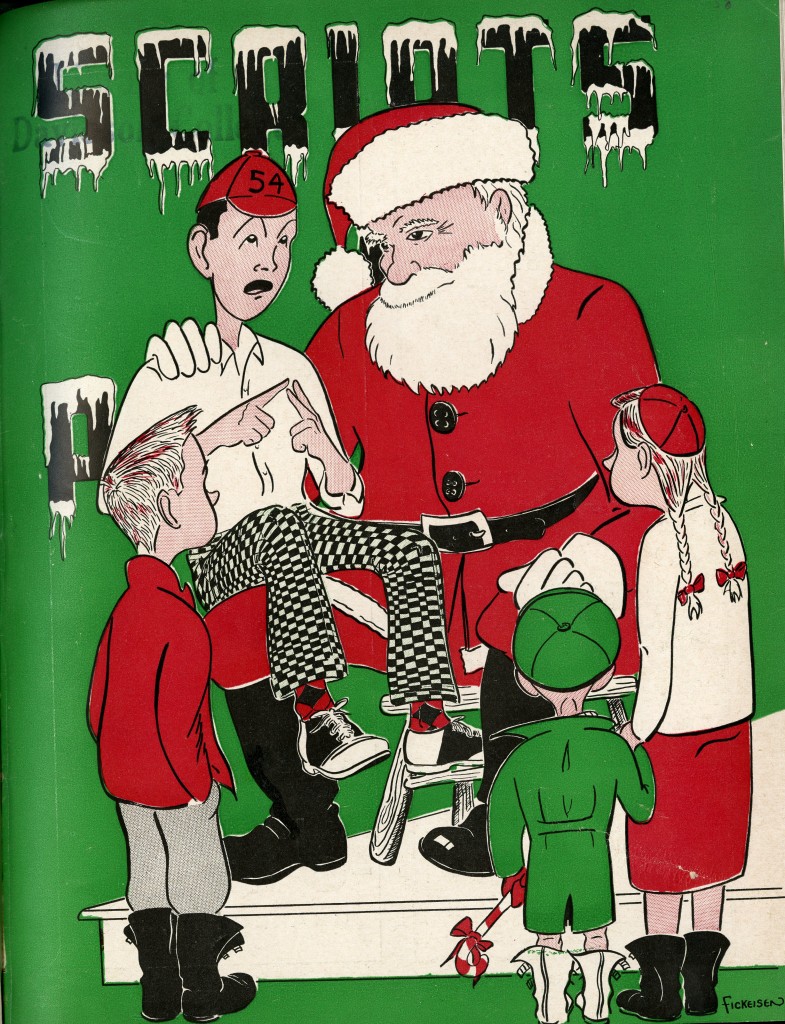
Cover of the Winter 1950 edition of Scripts ‘N Pranks, depicting a student (Class of 1954) wearing the traditional freshman beanie, telling Santa what he would like to get this year.
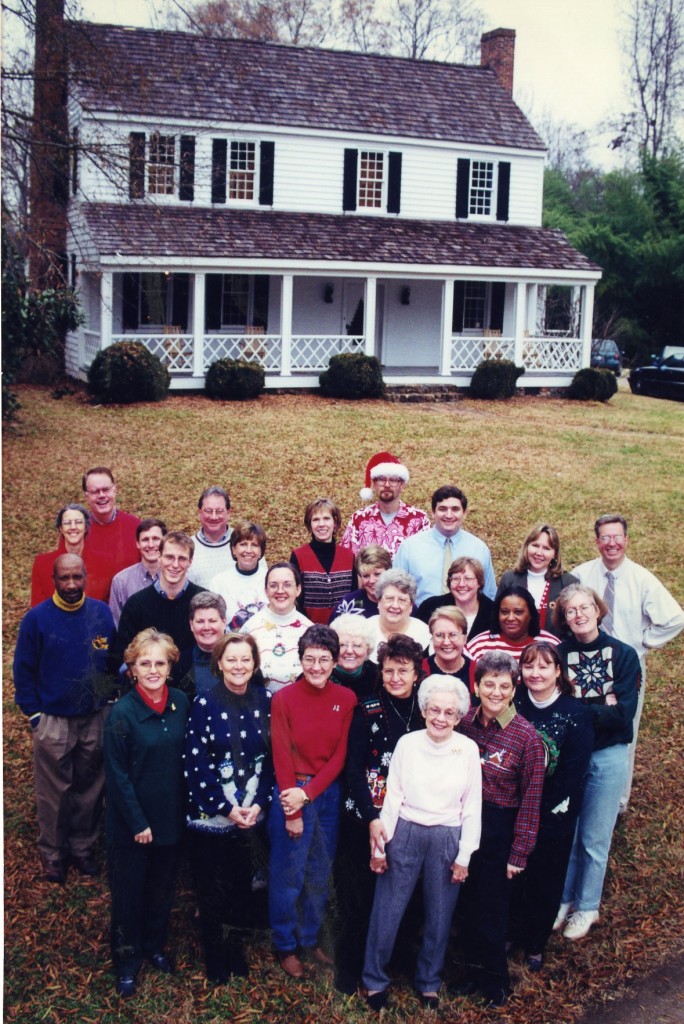
E.H. Little Library staff’s annual holiday gathering – this picture, which includes current library staff (Susan Kerr, Michael Forney, Denise Sherrill, Trish Johnson, Joe Gutekanst, Alice Sloop, Denise Torrence, Mittie Wally, Kim Sanderson, and Around the D’s own Jan Blodgett and Sharon Byrd), dates from the late 1990s and was taken in front of Beaver Dam. The man in the Santa hat is Frank Molinek, a library employee from 1992 until 2006.
We hope you enjoyed our Santas of Davidson Past! Have a great winter break, and happy holidays!

